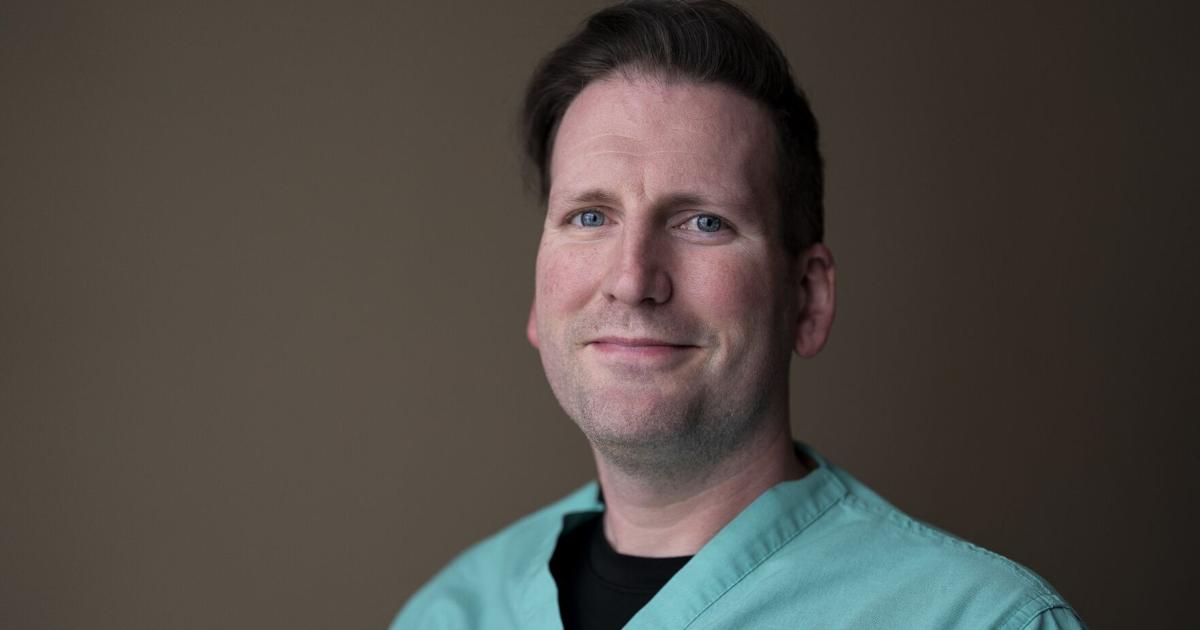Despite warnings against removing eclipse glasses until the sun was completely occluded by the moon during the total eclipse Monday, staff at a Buffalo eye center anticipated some viewers throwing caution to the wind.
It’s why Dr. Andrew Reynolds, chair of ophthalmology at the University at Buffalo Jacobs School of Medicine and Biomedical Sciences, and his team at Ross Eye Institute offered an eclipse eye clinic from 4 to 9 p.m. Monday.
After the eclipse ended, the team examined about 25 people for optical damage. Team members were relieved with what they found.
“The clinic was great. No burns,” but some anxiety, Reynolds told The Buffalo News on Tuesday.
“All relieved and very appreciative of having a place to come,” he wrote in a text message. “One lady cried tears of joy! She was relieved she didn’t do any damage.”
Reynolds, also president of UBMD Ophthalmology, expressed concerns in February about the potential for optical damage that eclipse viewers might incur from looking directly at the sun during the eclipse. His fears included solar retinopathy, which occurs when intense light injures or damages the retina.
Laser pointers have caused most cases of solar retinopathy among his patients, he said, but looking at the sun for too long can spur similar irreversible damage.
The retina, like the spinal cord, is made from central nervous tissue that cannot regenerate. The sun’s rays can burn a hole through the fovea, the “dead center” of an eye responsible for sharpness of sight, and degrade the viewer’s central vision, Reynolds said.
“People who have solar retinopathy, their peripheral vision is totally normal, but they’re left with this big black spot, right where they want to look at everything. So, when they try to look at you, they’re making eye contact with you, you have got a big black spot right in the middle of your face,” he said.
Cloudiness over most of the region limited much of the…
Read the full article here

Leave a Reply